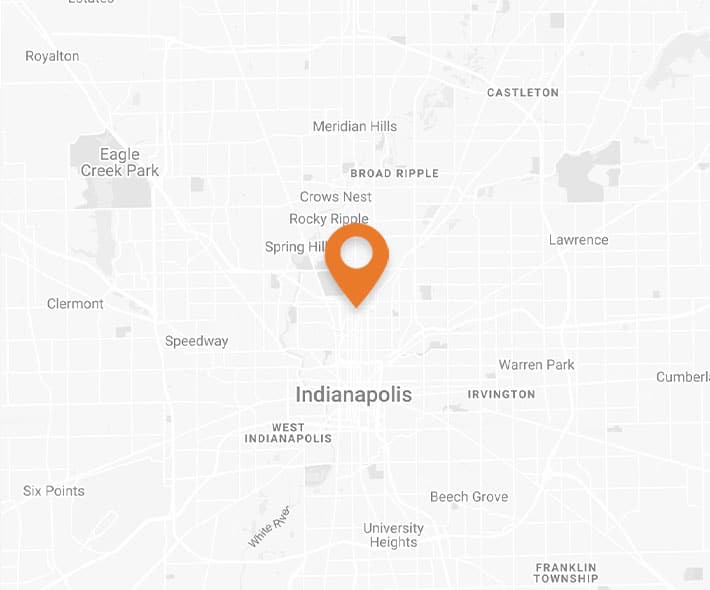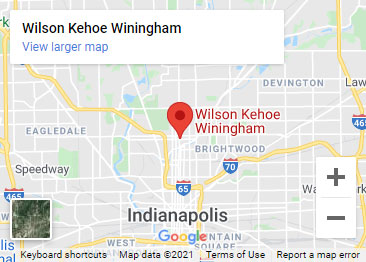How the Legal Process Works for Victims of Asiana Flight 214
Updated May 29, 2019
When a tragic aviation disaster such as Asiana Flight 214 occurs, everyone wants to know what caused the crash and who is responsible. The National Transportation Safety Board (NTSB) immediately begins the process of collecting data and facts to piece together answers concerning the cause of the disaster.
NTSB Investigation
With Flight 214, the pilot’s conduct will undoubtedly be called into question, with pilot error likely being one of the factors that caused the Boeing 777’s contact with the sea wall just prior to landing at the San Francisco International Airport. However, there may be other casual factors which come to light through the investigation.
Boeing’s 777 airline comes equipped with an enhanced ground proximity warning system (EGPWS) that alerts a pilot if ground impact is eminent. The EGPWS displays potentially threatening terrain and gives an audible alert up to a minute in advance of possible terrain conflict. It incorporates a digital terrain map, which continuously compares aircraft position data from the navigation system. There will be questions concerning whether the EPGWS provided an audible warning to the pilots prior to impact with the sea wall.
The Montreal Convention
All of these questions, and probably more, will be addressed through the NTSB reports and also through the litigation of victim’s injuries. Any passenger litigation against Asiana will be governed by the Montreal Convention, an international treaty that controls air carrier liability for international flights.
The Montreal Convention has a two-tiered approach to victim compensation. An airline is strictly liable for damages up to 100,000 special drawing rights (SDR). Special drawing rights are a measure of exchange for international currency. Currently 100,000 SDR equals approximately $150,000 USD. A passenger may obtain a recovery greater than 100,000 SDR if the airline’s conduct was negligent. It is the airline’s burden to prove that it was not negligent or that some other entity caused the passenger’s injury.
The Montreal Convention also governs where a lawsuit may be filed. A passenger can bring a lawsuit in the country where they have a principal and permanent residence. This jurisdiction provision may lead to vastly different recoveries for those passengers domiciled in the United States versus those domiciled in foreign countries such as China and South Korea.
Airline Travel Safety
Despite the tragedy of Flight 214, airline travel has never been safer. According to The New York Times, in the last five years, the death risk for passengers in the United States has been one in 45 million flights. Air travel has become so reliable that a traveler could fly every day for an average of 123,000 years before being in a fatal crash.
One of the reasons airline travel has become so safe is the comprehensive review of airline disasters and attempting to learn how to prevent future catastrophes. Hopefully, the litigation process surrounding Flight 214 will not only lead to compensation for victims and their families but also to safer air travel for everyone.
Wilson Kehoe Winingham brings you this information with best regards for you and your family’s safety.
Contact Us
Let WKW put our experience to work for you. Contact us for your free case evaluation.
Or, call us today at (317) 920-6400


